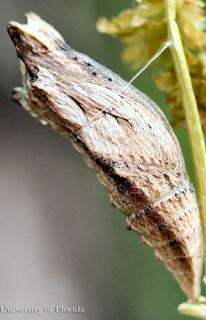Posted by: Alison O'Connor, Larimer County Extension
I'm not big on New Year's resolutions, but I do like to make goals. My typical resolution is something silly, and generally something I already do. So I'll make a "resolution" to eat more chocolate...or go to exercise class (because of the chocolate consumption)...or play golf as much as I can. I already do these things, so my resolution stays part of my routine. Easy!
But I like to make plans for the vegetable garden, since it's a blank slate every year...and I'm not a great vegetable gardener. I always try to grow something new (for me) or different. I'm not a tomato eater, so having tomato plants isn't a priority. For awhile it was trying to grow the biggest zucchini, but the local Larimer County Master Gardeners proved they are far better at that. FAR BETTER. It's embarrassing to bring a puny seven pound zuke, when they show up with ones weighing over 12 pounds.
For two years I grew Indian corn, because I fell in love with 'Glass Gem'. And it was fun! I had a bumper crop of Indian corn. Unwrapping each husk was a surprise (like those LOL Dolls that are all the rage). I planted two rows, six in each row. At the end of the season, I had enough to make a wonderful wreath for fall decor.
 |
| 'Glass Gem' Indian Corn |
 |
| I was so proud of my harvest! |
 |
| Ten pounds of potatoes from two containers. |
 |
| Birdhouse gourd crafty chickens! |
 |
| Bumper crop of too-green birdhouse gourds. |
So I'm trying to think of what to try in 2019. I have room in the garden, since there won't be zucchini or corn. I was thinking about miniature pumpkins because they are so cute--and can be used in many ways in the home and garden. I have to eliminate sweet corn, since the garden is adjacent to the chicken coop and I don't want any raccoons in the yard. Any thoughts? What have you grown that was new and exciting?






























